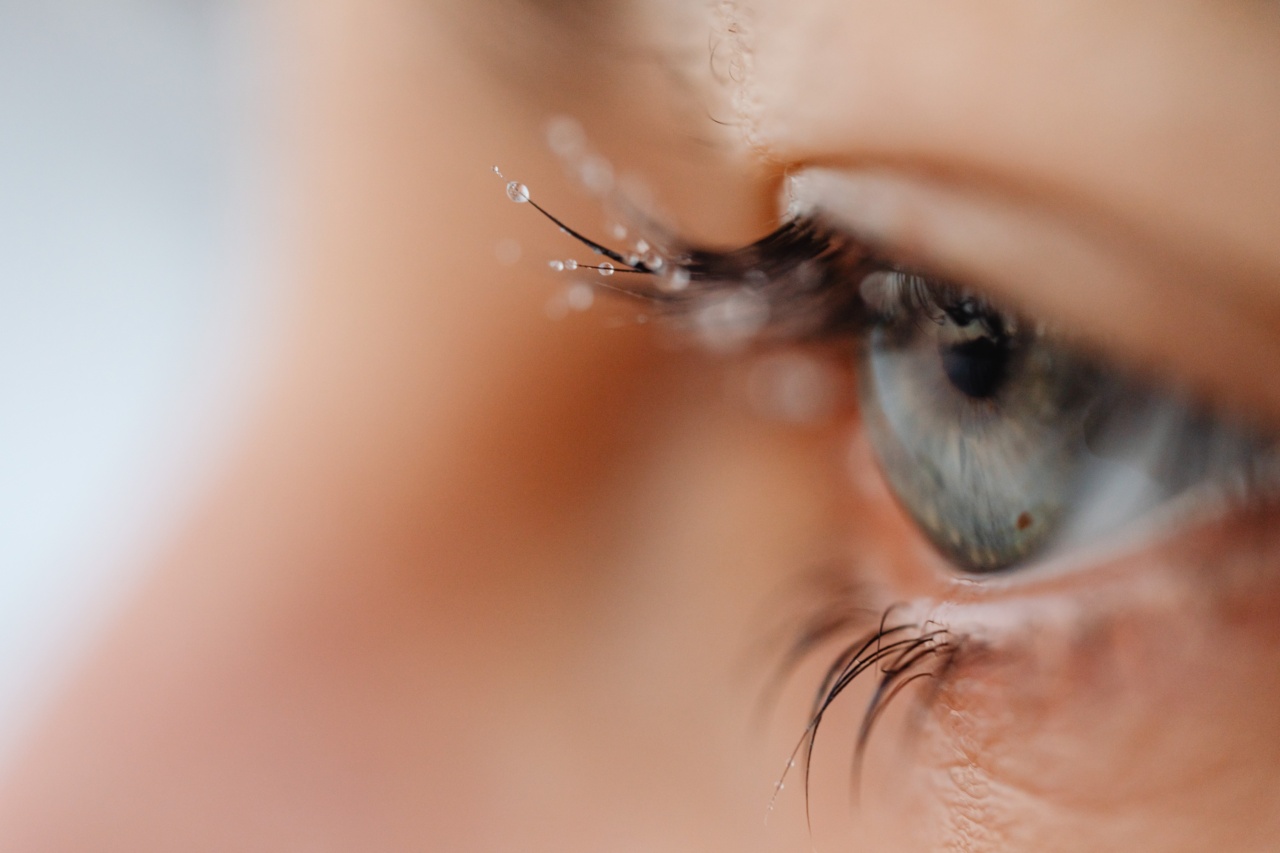Myopia, also known as nearsightedness, is a common eye condition that affects a significant portion of the global population. It is characterized by difficulty seeing objects in the distance, while objects up close appear clear.
People with myopia may experience symptoms such as headaches, eye fatigue, and squinting. Traditionally, corrective lenses such as glasses and contact lenses have been used to manage myopia. However, recent advances have resulted in new treatments, including revolutionary eye drops that could potentially change the management of myopia.
What are Myopia Eye Drops?
Myopia eye drops, also known as atropine eye drops, are a new treatment option for myopia. Unlike traditional treatments that correct vision, these drops aim to slow down the progression of myopia over time.
They achieve this by dilating the pupil, which reduces the amount of light entering the eye and slows the growth of the eyeball, a common cause of myopia. These drops can be used in children, teenagers, and adults and may offer a safer, more convenient alternative to traditional treatments.
How do Myopia Eye Drops Work?
The active ingredient in myopia eye drops is atropine, a medication that has been used for many years in medicine to treat various conditions.
When applied directly to the eye, atropine blocks the action of the neurotransmitter acetylcholine, which causes the pupil to dilate, increasing depth of field and reducing refractive error. This process reduces the amount of light that enters the eye, effectively slowing down the growth rate of the eye.
Studies have shown that atropine eye drops can significantly reduce the progression of myopia over several years without negatively affecting visual function.
Benefits of Myopia Eye Drops
Myopia eye drops offer several benefits as a treatment for myopia:.
Effective
Studies have shown that myopia eye drops can effectively slow down the progression of myopia, even in those who have a high degree of myopia.
Safe
Atropine eye drops are generally safe for use in children, teenagers, and adults. They have been used for many years in medicine and have few side effects when used as directed by a qualified eye care professional.
Non-Invasive
Unlike traditional treatments such as glasses and contact lenses, myopia eye drops do not require any physical intervention in the eye. They can be applied topically, making them a non-invasive option for managing myopia.
Convenient
Myopia eye drops can be used at home, making them a convenient option for those who have busy lifestyles or are unable to visit an eye care professional regularly.
Limitations of Myopia Eye Drops
While myopia eye drops offer several benefits, they also have some limitations:.
Long-Term Use
Atropine eye drops must be used for an extended period to achieve the best results. This means that patients will need to continue using the eye drops for several years and may require frequent visits to an eye care professional to monitor progress.
Possible Side Effects
While atropine eye drops are generally considered safe, they can cause side effects in some patients. These can include blurred vision, sensitivity to light, and dry eyes. However, these side effects are usually mild and resolve over time.
Potential Lack of Access
While myopia eye drops are available to purchase in some countries, they may not be widely available in others. This means that some patients may not have access to this treatment option.
Conclusion
Myopia eye drops are a revolutionary new treatment option for myopia. They offer a safe, effective, non-invasive, and convenient alternative to traditional treatments such as glasses and contact lenses.
While they do have some limitations, their potential to significantly reduce the progression of myopia makes them a valuable addition to the range of treatments available for this condition. If you are interested in using myopia eye drops to manage your myopia, speak to your eye care professional to find out more.






























